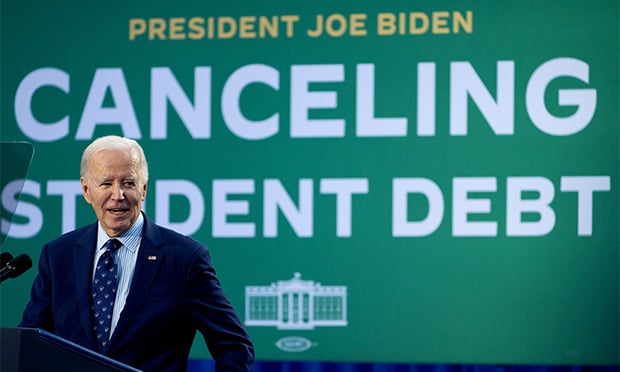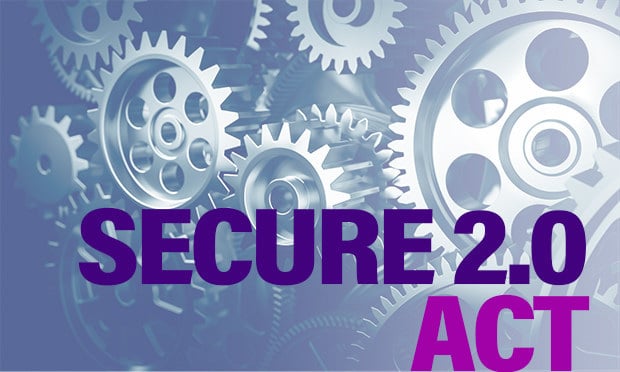 Because of Social Security's progressive benefit formula, the average two-earner couple has a Social Security replacement rate that is not only lower than the one-earner couple but also that for single women. (Photo: Shutterstock)
Because of Social Security's progressive benefit formula, the average two-earner couple has a Social Security replacement rate that is not only lower than the one-earner couple but also that for single women. (Photo: Shutterstock)
Because of the way Social Security was designed—and when—women the most at risk for coming up short of funds in retirement are actually those in two-earner married couples.
This counter-intuitive finding is the conclusion of a brief from the Center for Retirement Research at Boston College, which sought to discover how a woman's changing marital history affects her retirement income.
Related: Does delaying marriage affect retirement saving for better or for worse?
As women's marital status has changed over the years, with women spending more time single than they used to, they will no spend just about half their adult lives married, according to the brief—and the sources of funds they formerly counted on to see them through retirement have shrunk.
Of course, it's not as if households overall are all that well prepared, with the report pointing out that the National Retirement Risk Index shows that half of households are at risk of falling short in retirement. Even, according to the report, if they worked to age 65 and “annuitized all their financial assets (including the receipts from reverse mortgages on their homes).”
But due to changes in women's status—more women single for longer, and many more women employed outside the home—the structure of the Social Security benefit designed for women has not kept up with that changing status. And while women face a higher risk of running out of money in retirement, due to lower earnings, less time in the workplace and often part-time rather than full-time work, the women most at risk in retirement are actually those in two-earner couples.
The way it was designed, for nonworking spouses, Social Security provides a benefit equal to 50 percent of the worker's benefit. But if the second spouse takes a job, that spousal benefit drops gradually, disappearing completely when the second spouse's worker benefit matches or exceeds the level of the spousal benefit.
So, according to the report, because of Social Security's progressive benefit formula—which provides a higher benefit relative to earnings for lower earners—the average two-earner couple has a “Social Security replacement rate” that is not only lower than the one-earner couple but also significantly below the rate for single women.
In addition, two-earner households are often guilty of not saving enough on their own for retirement, particularly since in many two-earner households only one spouse is eligible for a retirement plan. And instead of saving enough for two, that spouse tends to stick with the numbers designed for a single participant—which is only half as much as a couple would need.
A third handicap for women's retirement preparedness is the fact that 30 percent of women in a couple have been married before “and the financial scars left by divorce often linger,” the report says. According to the NRRI, this boosts their retirement risk by nearly 10 percent, and according to the report, among those in their 50s, “a couple in which the woman had previously divorced had an NRRI of 55 percent compared to 42 percent for a couple in which the woman had only been married once.”
Not only do two-earner couples need to save more for retirement, the report concludes, but Social Security needs to maintain “currently scheduled benefits” for single women due to their lower earnings.
Complete your profile to continue reading and get FREE access to BenefitsPRO, part of your ALM digital membership.
Your access to unlimited BenefitsPRO content isn’t changing.
Once you are an ALM digital member, you’ll receive:
- Breaking benefits news and analysis, on-site and via our newsletters and custom alerts
- Educational webcasts, white papers, and ebooks from industry thought leaders
- Critical converage of the property casualty insurance and financial advisory markets on our other ALM sites, PropertyCasualty360 and ThinkAdvisor
Already have an account? Sign In Now
© 2025 ALM Global, LLC, All Rights Reserved. Request academic re-use from www.copyright.com. All other uses, submit a request to [email protected]. For more information visit Asset & Logo Licensing.








